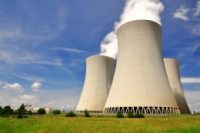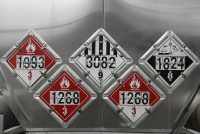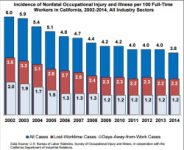Changes Issued to Simplify Exceptional Events Rule
EPA’s 2007 Exceptional Events Rule (EER) was intended to give state and local agencies an avenue to remove data about certain types of monitored air pollution from area attainment/nonattainment designations under the national ambient air quality standards (NAAQS). However, the EER required states to support their applications for data exclusion with analyses that were so […]










